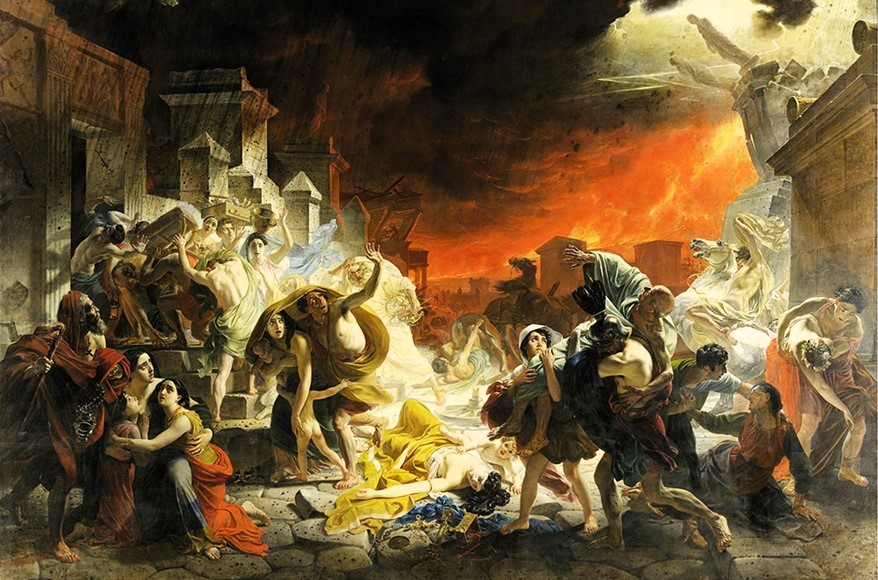Armies of chariots and 10,000 foot soldiers under the pharaoh Thutmose III thundered through Gaza and defeated a coalition of Canaanite chiefdoms at Megiddo; situated in northern Israel, about 30 kilometres (19 mi) south-east of Haifa.
Megiddo is known for its historical, geographical, and theological importance, especially under its Greek name Armageddon. During the Bronze Age, Megiddo was an important Canaanite city-state and during the Iron Age, a royal city in the Kingdom of Israel.
A fragment of a painted limestone relief dating to about 1400 B.C. from Thebes in Egypt depicts defeated CanaanitesSandstone, paint
H. 61.5 × W. 115 × Th. 21 cm, 306.2 kg (24 3/16 × 45 1/4 × 8 1/4 in.
The Metropolitan Museum of Art
His march to Gaza to conquer the city of Megiddo was marked by an unexpected decision to take a treacherous and unlikely approach through a narrow path over the mountains. The city of Megiddo was defeated. The taking of Megiddo was important for Egypt’s economy. Without Megiddo’s open trade routes, Egypt could not flourish. The great king’s army of about 15,000 men stopped the uprising in this area and expanded Egypt to an extent it had never known before.
Wall relief from Egypt reveals an image of an ancient Canaanite
Part of the Ancient Egyptian region of Canaan, Gaza was best known in ancient times for its strategic location as an important trading center for Asian, European and North African markets.
As with many colonial ventures before and since, military conquest led to a new cultural order in the occupied lands. Across Israel, archaeologists have found evidence that Canaanites took to Egyptian customs. They created items worthy of tombs on the Nile, including clay coffins modeled with human faces and burial goods such as faience necklaces and decorated pots. More on these works
Egypt’s presence in Canaan ended sooner than the pharaohs might have expected. With Canaan under assault from seaborne invaders and hit by drought so severe it caused food shortages, Egypt’s colonial rule began to crumble around 1200 B.C.
The region of Gaza, a 25-mile long, 7-mile wide finger of land along the Mediterranean at the border between Israel and Egypt, has been at the center of geopolitical tug-of-wars for its entire existence.
Polychrome relief of the warrior king Thutmose III (1479-1425 BC) wearing the Atef crown and false beard, from Deir el-Bahari. Now in the Luxor Museum.
The desirability of the territory resulted in frequent battles for its control. Gaza was conquered by the Philistines in the 13th century B.C., razed by the Hasmonean Kingdom and suffered incursions from the likes of Napoleon and Alexander the Great, whose army put the entire male population to death for refusing to surrender. More on Ghaza
Please visit my other blogs: Art Collector, Mythology, Marine Art, Portrait of a Lady, The Orientalist, Art of the Nude and The Canals of Venice, Middle East Artists, 365 Saints, 365 Days, and Biblical Icons, also visit my Boards on Pinterest
Images are copyright of their respective owners, assignees or others.
Some Images may be subject to copyright
I don't own any of these images - credit is always given when due unless
it is unknown to me. if I post your images without your permission, please tell
me.
I do not sell art, art prints, framed posters or reproductions. Ads are
shown only to compensate the hosting expenses.
If you enjoyed this post, please share with friends and family.
Thank you for visiting my blog and also for liking its posts and pages.
Please note that the content of this post primarily consists of articles
available from Wikipedia or other free sources online.












.jpg)





